When discussing Asian noodle dishes, two names often come up: Lo Mein and Udon noodles. Both are well-loved and delicious, but they come from different cooking traditions. Each has its own unique textures, flavours, and cooking methods. Here, we’ll explore these two noodle types. We’ll look at their cultural roots, cooking methods, nutritional values, and how to enjoy them.
Contents
Origins and Cultural Significance
Lo Mein: A Chinese Classic
Lo Mein, meaning “tossed noodles” in Cantonese, is a staple of Chinese cuisine. From northern China, these wheat-based noodles are boiled and then gently tossed with sauces, vegetables, and proteins. Lo Mein is well-known in Chinese-American takeout culture, where it has become synonymous with comfort food.
Udon: Japan’s Comfort Noodle
Udon noodles originated in Japan. They are thick noodles made from wheat flour, salt, and water. Udon is a comforting dish. It’s often served in tasty broths or stir-fried with veggies and meat. In Japan, udon symbolises ease and food. The way it’s made varies by region, showing the variety of Japanese cuisine.
Key Differences Between Lo Mein and Udon
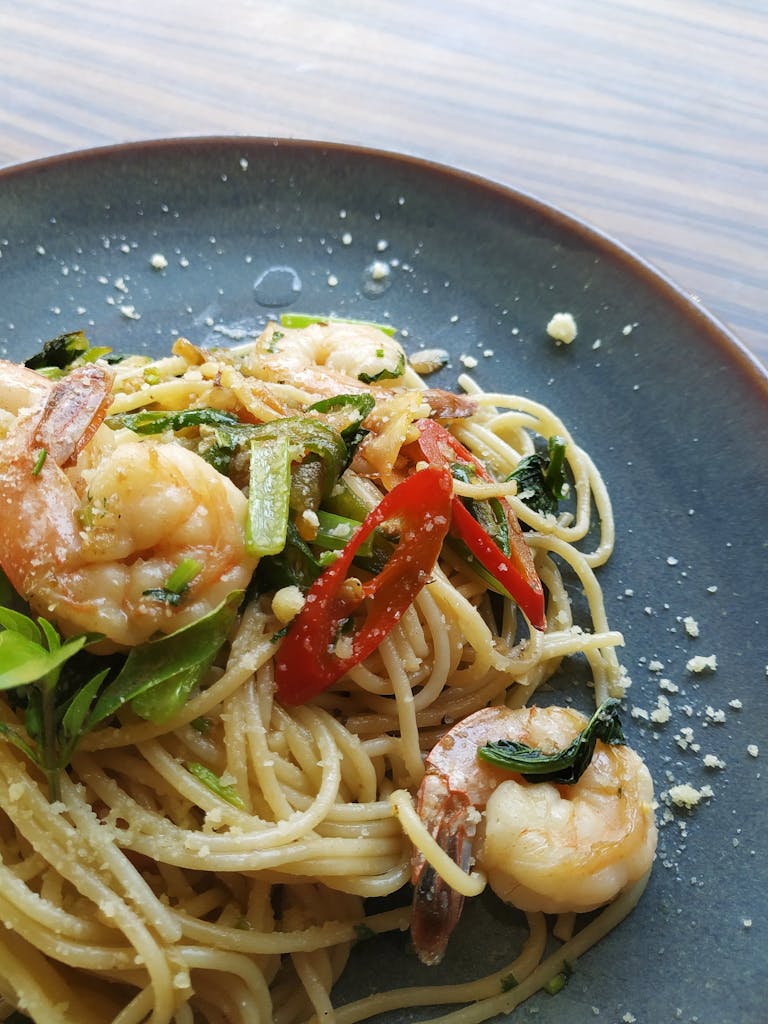
Noodle Thickness and Texture
- Lo Mein: Thin to medium thickness, soft and slightly springy after cooking.
- Udon: Much thicker, chewier, and denser, and absorbs flavors well.
Cooking Methods
- Lo Mein: Boiled briefly, then tossed in sauce. The focus is on the sauce coating the noodles.
- Udon: Can be boiled and served in hot broth, stir-fried (Yaki Udon), or even enjoyed cold with dipping sauce (Zaru Udon).
Flavor Profile
- Lo Mein: Savory and aromatic, with soy sauce, oyster sauce, sesame oil and garlic playing the main roles.
- Udon: Mild and neutral by itself but transforms with its broth—soy, miso, curry or dashi-based—offering a delicate yet rich umami flavor
Ingredient Comparison
| Aspect | Lo Mein | Udon Noodles |
| Main Ingredients | Wheat flour, egg, water | Wheat flour, water, salt |
| Texture | Soft, springy, tender | Thick, chewy, hearty |
| Common Flavors | Soy sauce, sesame oil, oyster sauce | Dashi, miso, soy sauce, curry |
| Typical Proteins | Chicken, beef, shrimp, tofu | Pork, chicken, seafood, tofu |
| Serving Styles | Tossed with sauce, stir-fried | Soup-based, stir-fried, chilled |
Nutrition
Lo Mein
Lo Mein noodles have eggs so they have more protein. But with rich sauces, sodium and calories can get out of hand. A takeout portion is big and filling but may not be so healthy unless you balance with veggies.
Udon
Udon noodles are simple and low in fat. Their thickness makes them more filling so it helps with portion control. Served in a light broth, they can be a healthy and balanced meal especially with lean protein and veggies.
Cooking at Home
How to Cook Lo Mein
- Boil noodles until just done.
- Make sauce: soy sauce, oyster sauce, sesame oil, garlic, ginger, and a pinch of sugar.
- Stir-fry veggies and protein, keep them crisp-tender.
- Toss noodles in sauce and mix everything together quickly.
How to Cook Udon
- Cook noodles until chewy and rinse to stop cooking.
- For hot soup:
- Make a dashi-based broth with soy sauce and mirin.
- Add vegetables, mushrooms, and proteins.
- Serve hot with scallions or tempura.
- For stir-fry:
- Sauté noodles with vegetables, soy sauce, and a hint of sake.
- Add chicken, pork, or shrimp for extra flavor.
Popular Variations
Lo Mein Favorites
- Chicken Lo Mein: Classic takeout dish with soy-based sauce.
- Vegetable Lo Mein: Carrots, broccoli, and snow peas.
- Shrimp Lo Mein: Garlic and sesame oil.
Udon Favorites
- Kake Udon: Hot udon in clear broth.
- Curry Udon: Japanese curry sauce over udon.
- Yaki Udon: Soy-based sauce stir-fry.
- Zaru Udon: Chilled noodles with dipping sauce in summer.
Flavor Pairings and Best Occasions
- Lo Mein: Quick meal. Pairs with stir-fried greens, dumplings or spring rolls.
- Udon: Cozy meal. Pairs with tempura, pickled vegetables or miso soup.
Which One to Choose?
- Choose Lo Mein if you want a quick, savory, saucy dish that’s filling and versatile.
- Choose Udon if you want comfort, heartiness and a dish that showcases Japanese broths or stir-fries.
Conclusion
Both lo mein and Udon noodles are important in Asian cuisine, representing the culinary heritage of China and Japan. Lo Mein is saucy and savory for quick meals, while Udon is warm and comforting, featuring a chewy texture and rich broth. Instead of choosing one, we recommend both—enjoy the balance of flavors and textures each brings to your table.
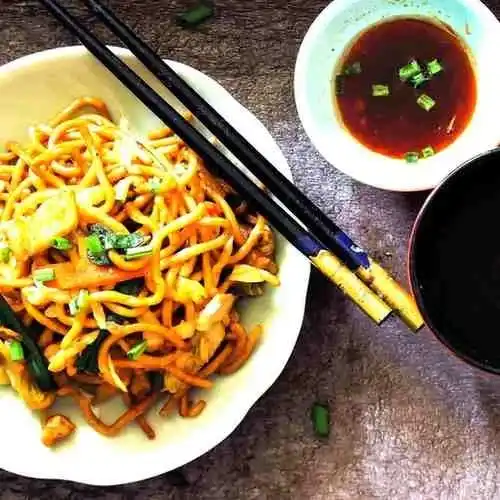
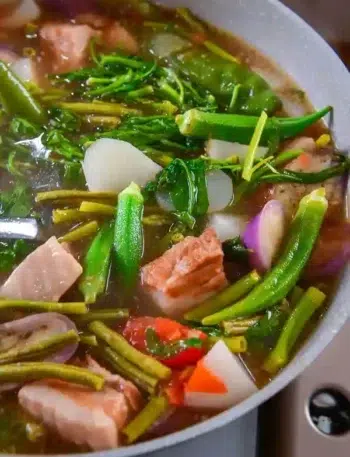
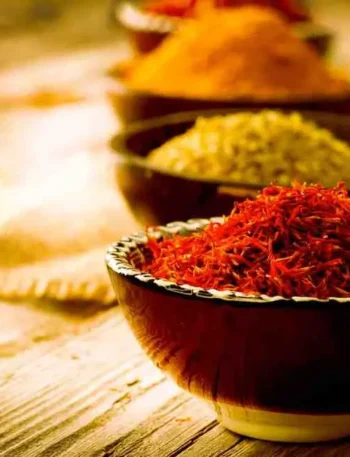
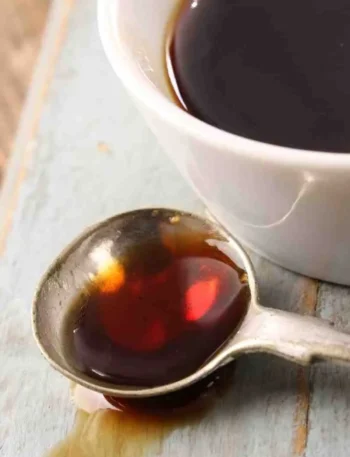
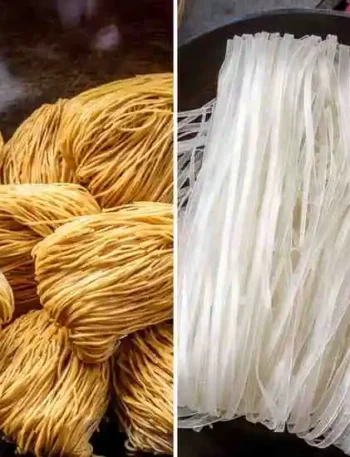


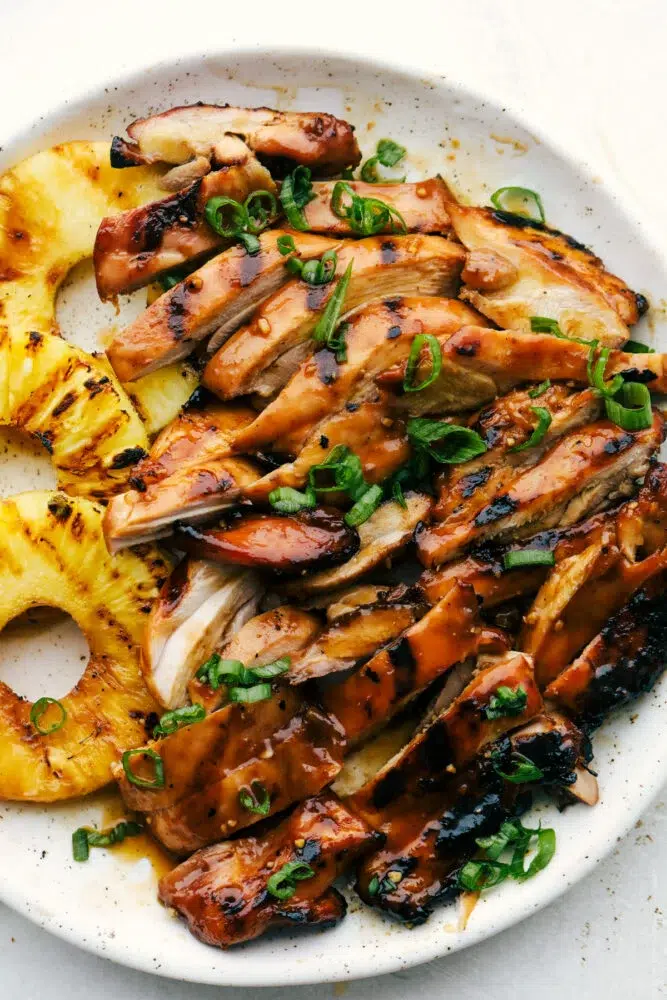
[…] Lo Mein noodles are a comfort food classic—savory, flavorful, and oh so satisfying. But reheating them the wrong way can turn those silky strands into a soggy, oily mess. To bring your leftover Lo Mein back to life, we’ll show you every method that preserves texture, taste, and aroma—just like it was freshly tossed in the wok. […]